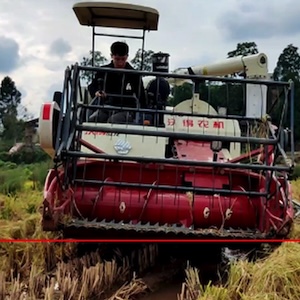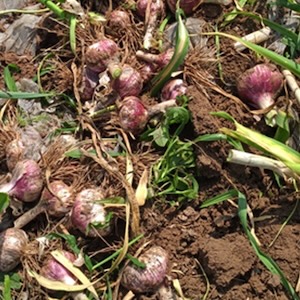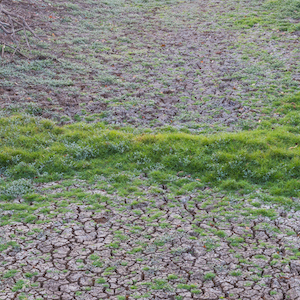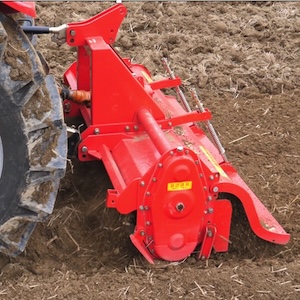Investigating the impact of integrating land consolidation with agricultural mechanization on the technical, energy, and environmental dimensions of paddy production
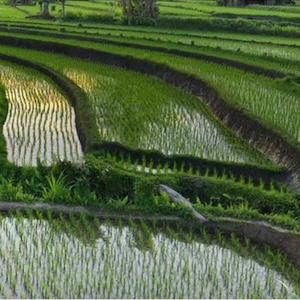
Published:11 February 2025
Abstract Views: 150
PDF: 58
Supplementary: 5
HTML: 2
Supplementary: 5
HTML: 2
Publisher's note
All claims expressed in this article are solely those of the authors and do not necessarily represent those of their affiliated organizations, or those of the publisher, the editors and the reviewers. Any product that may be evaluated in this article or claim that may be made by its manufacturer is not guaranteed or endorsed by the publisher.
All claims expressed in this article are solely those of the authors and do not necessarily represent those of their affiliated organizations, or those of the publisher, the editors and the reviewers. Any product that may be evaluated in this article or claim that may be made by its manufacturer is not guaranteed or endorsed by the publisher.
Similar Articles
- Gabriella Impallomeni, Francesco Barreca, Agrivoltaic systems towards the European green deal and agricultural policies: a review , Journal of Agricultural Engineering: Vol. 56 No. 1 (2025)
- Behrooz Behboodi, Mohammad Gholami Parashkoohi, Davood Mohammad Zamani, Saeed Firouzi, A study comparing energy consumption and environmental emissions in ostrich meat and egg production , Journal of Agricultural Engineering: Vol. 56 No. 1 (2025)
- Farid Tamhidi, Morteza Almassi, Mohammad Ghahderijani, Hossein Bakhoda, Evaluating the efficiency of energy use in cultivation of medicinal plants: a case study on garden thyme and peppermint employing life cycle assessment and support vector machine modeling , Journal of Agricultural Engineering: Vol. 56 No. 1 (2025)
- Abderrahman Sghaier, Hanen Dhaou, Lassaad Jarray , Zouhair Abaab, Ahmed Sekrafi, Mohamed Ouessar , Assessment of drought stress in arid olive groves using HidroMORE model , Journal of Agricultural Engineering: Vol. 53 No. 1 (2022)
- Francesco Barreca, Giuseppe Modica, Salvatore Di Fazio, Viviana Tirella, Raimondo Tripodi, Carmelo Riccardo Fichera, Improving building energy modelling by applying advanced 3D surveying techniques on agri-food facilities , Journal of Agricultural Engineering: Vol. 48 No. 4 (2017)
- Marco Fiala, Jacopo Bacenetti, Model for the economic, energy and environmental evaluation in biomass productions , Journal of Agricultural Engineering: Vol. 43 No. 1 (2012)
- Zanbin Zhu, Yubin Li, Shoufu Gong, Design and experiment of Internet-of-Things cooling system in glass greenhouse based on computational fluid dynamics simulation , Journal of Agricultural Engineering: Vol. 54 No. 3 (2023)
- Lucia Recchia, Daniele Sarri, Marco Rimediotti, Paolo Boncinelli, Enrico Cini, Marco Vieri, Towards the environmental sustainability assessment for the viticulture , Journal of Agricultural Engineering: Vol. 49 No. 1 (2018)
- Alvaro Marucci, Adolfo Gusman, Barbara Pagniello, Andrea Cappuccini, Limits and prospects of photovoltaic covers in Mediterranean greenhouses , Journal of Agricultural Engineering: Vol. 44 No. 1 (2013)
- Ester Foppa Pedretti, Daniele Duca, Giuseppe Toscano, Giovanni Riva, Andrea Pizzi, Giorgio Rossini, Matteo Saltari, Chiara Mengarelli, Massimo Gardiman, Riccardo Flamini, Sustainability of grape-ethanol energy chain , Journal of Agricultural Engineering: Vol. 45 No. 3 (2014)
You may also start an advanced similarity search for this article.

 https://doi.org/10.4081/jae.2025.1721
https://doi.org/10.4081/jae.2025.1721 





